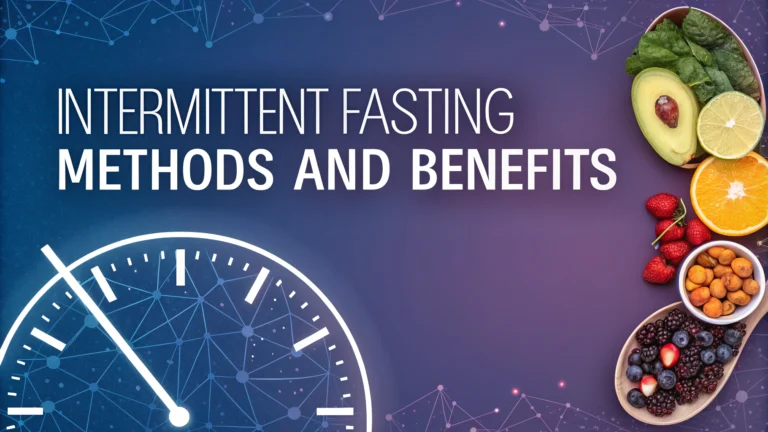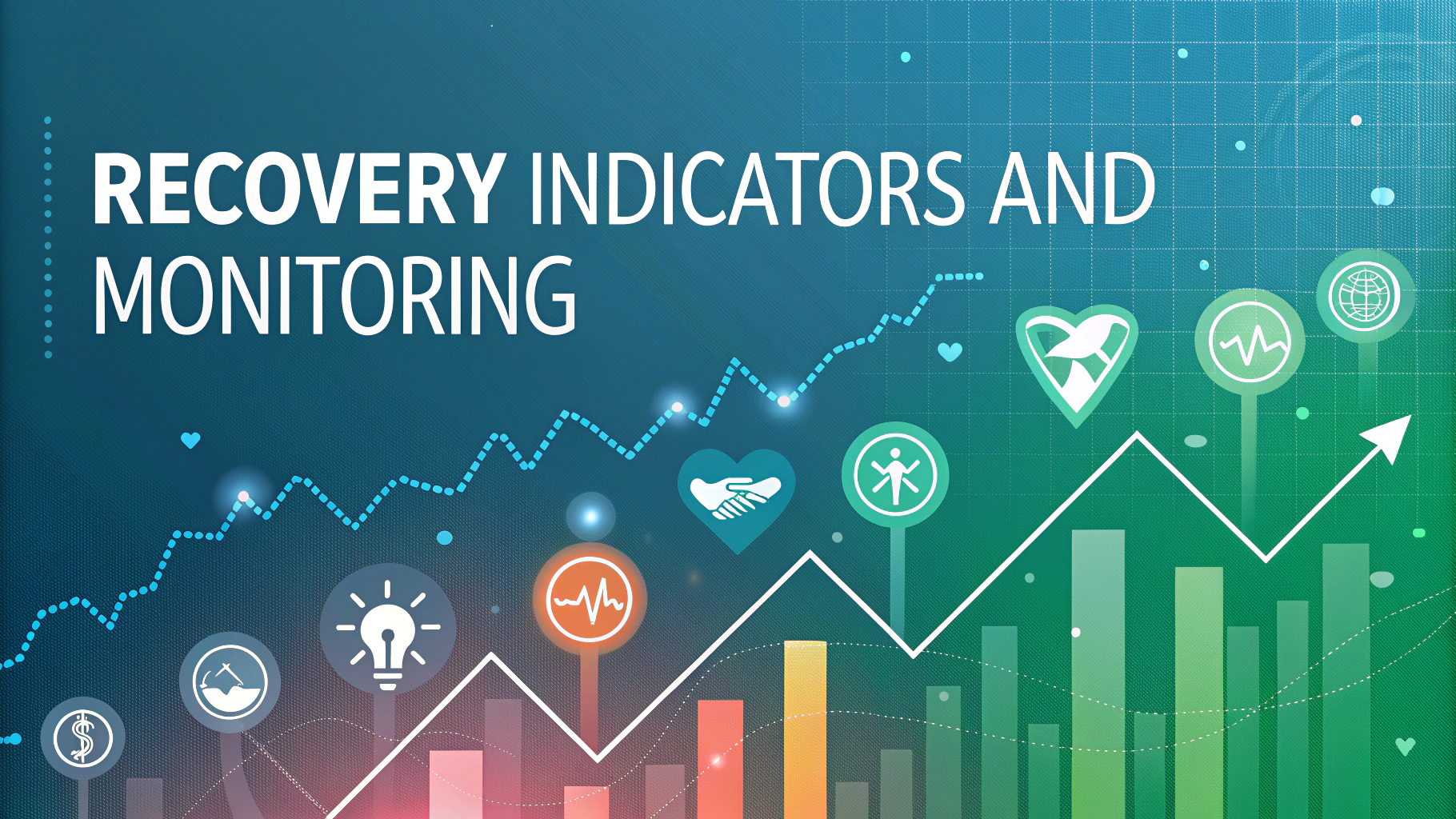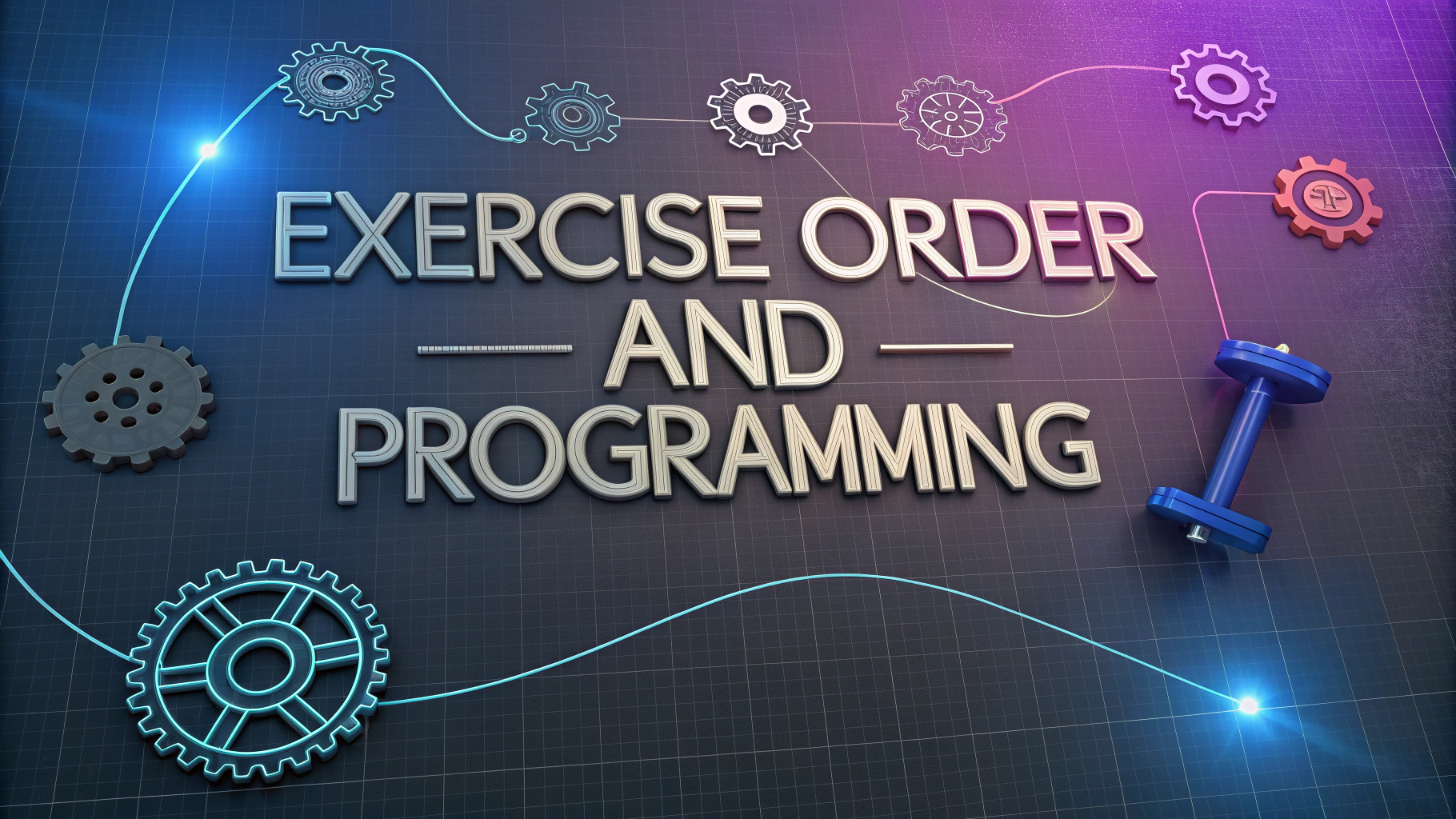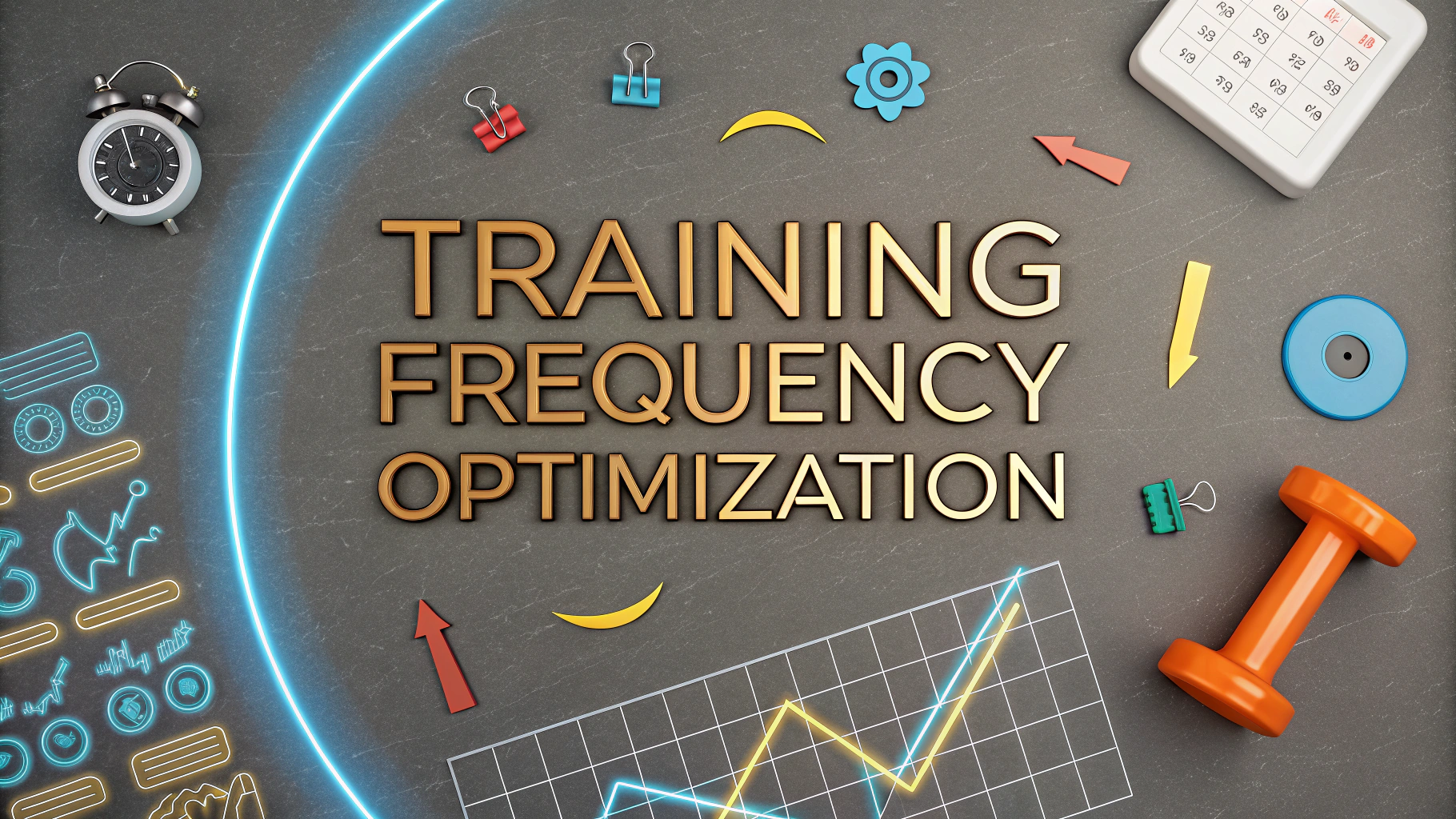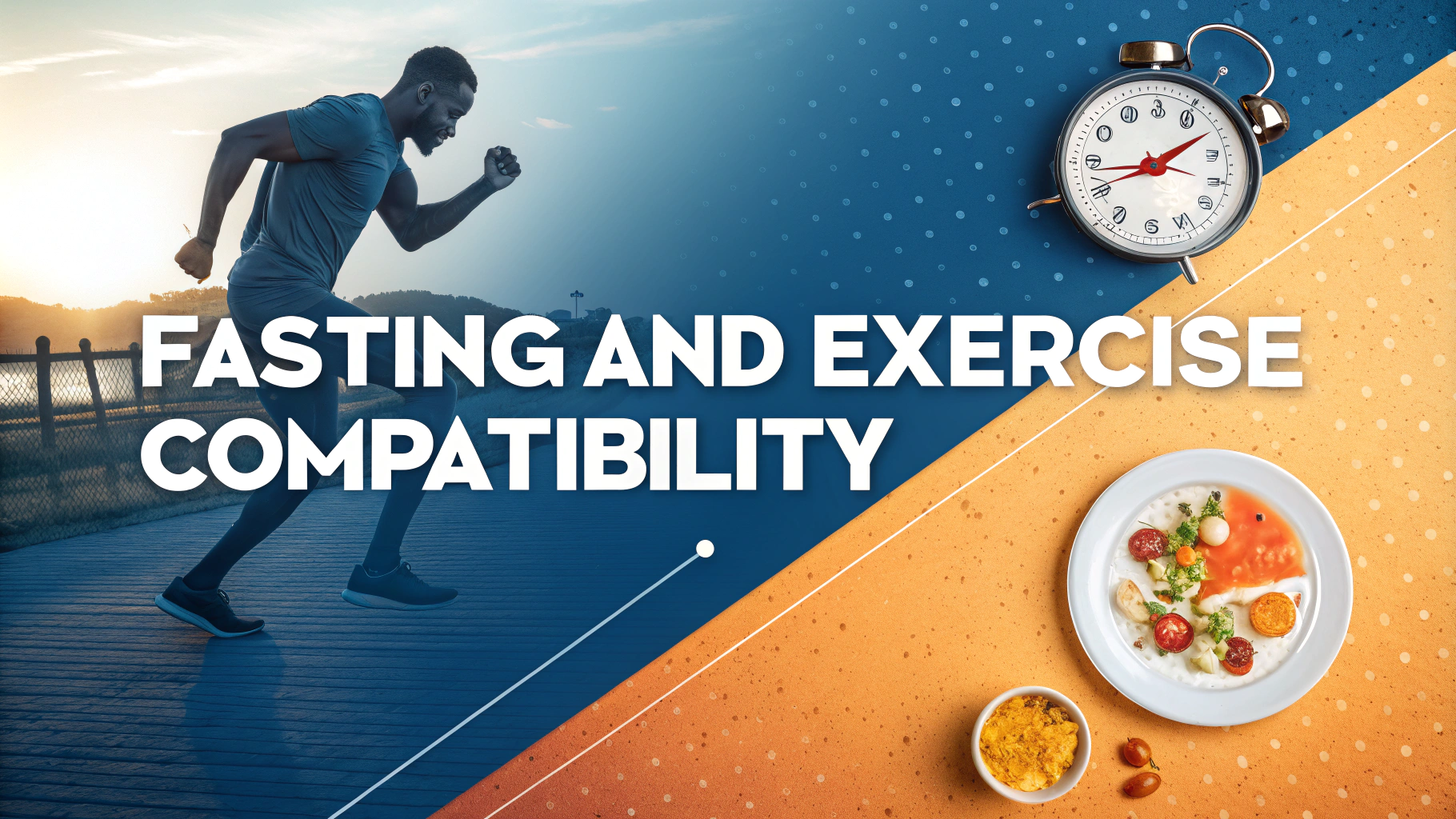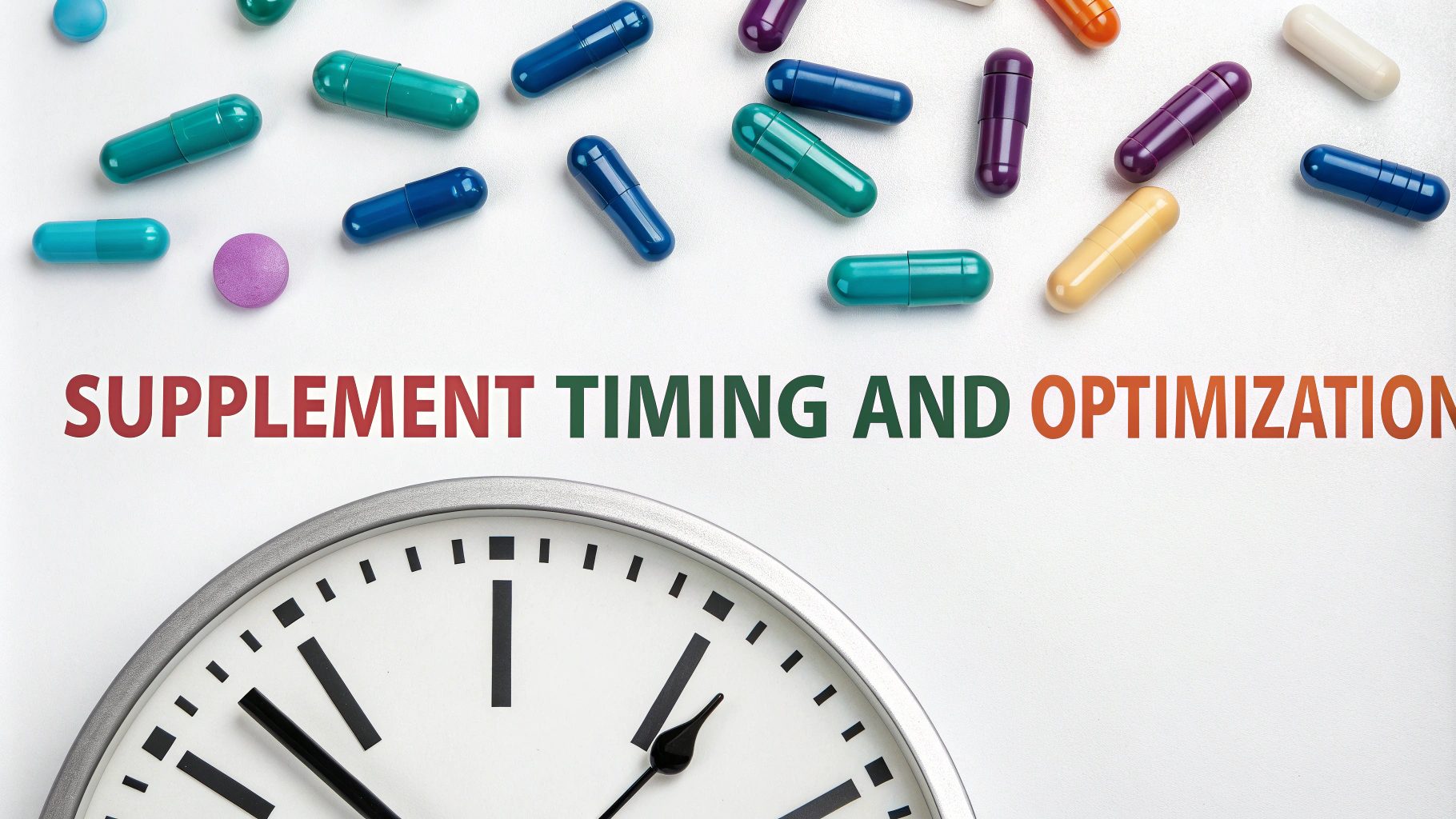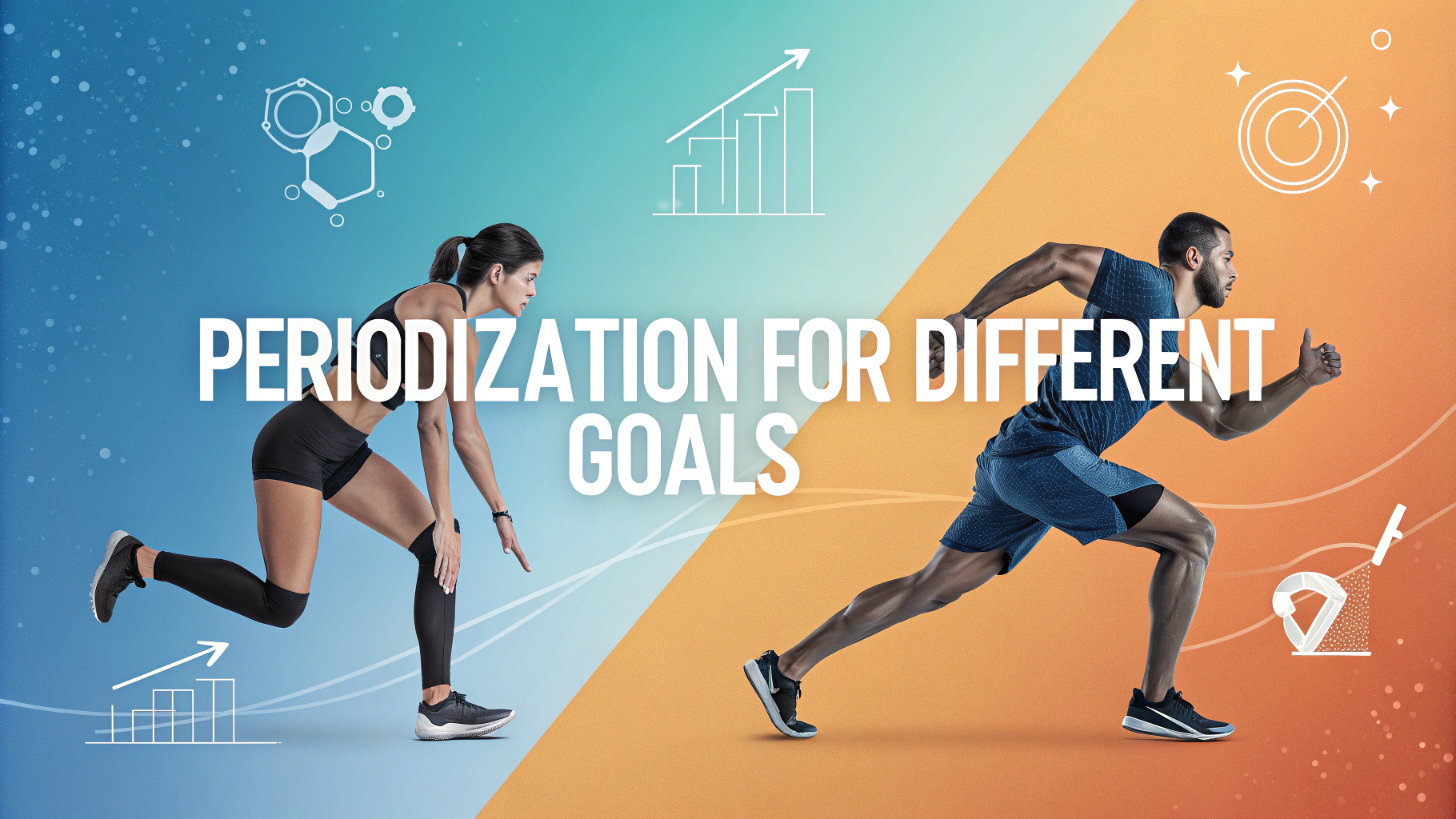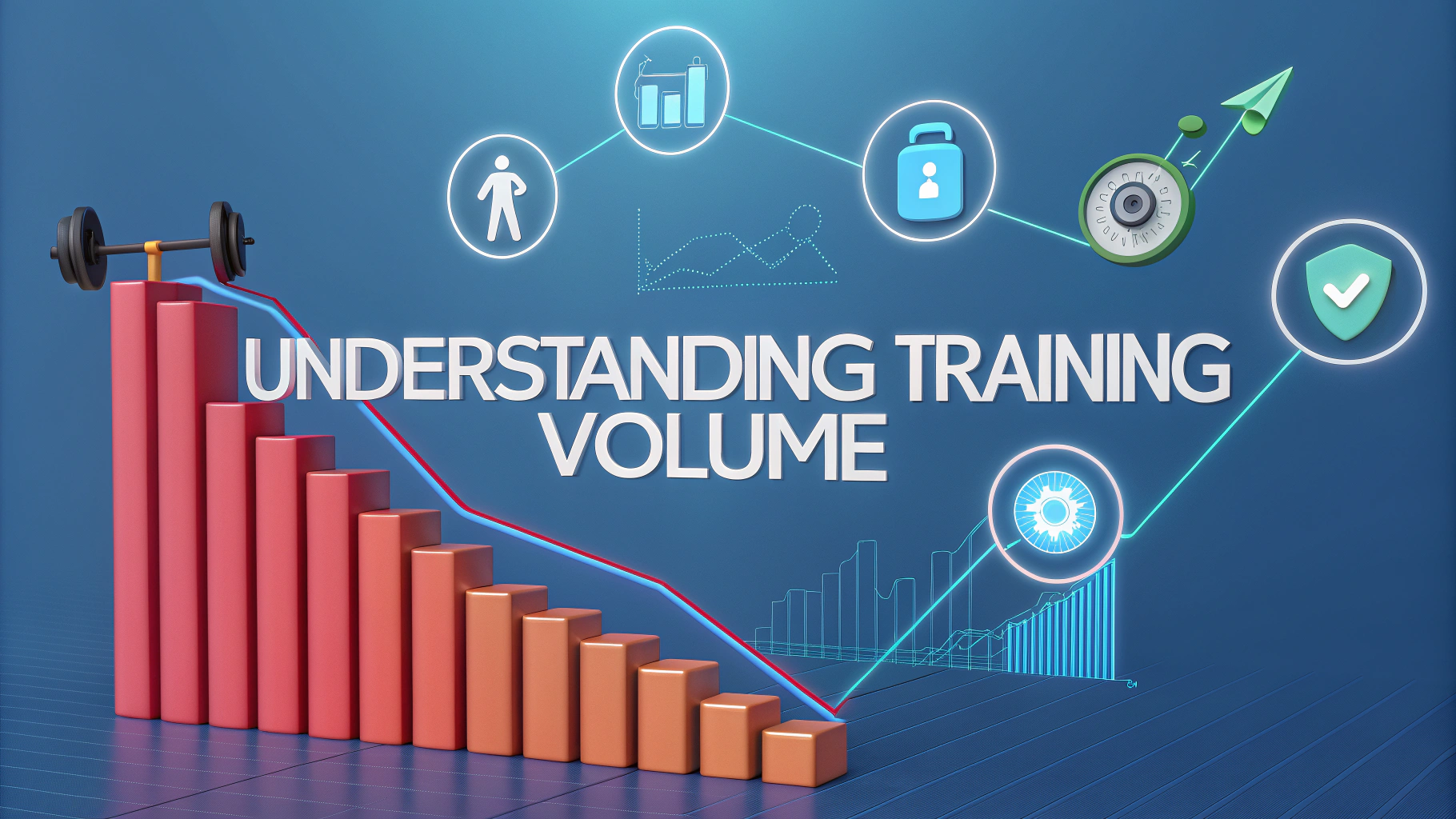Intermittent fasting (IF) combines regular periods of eating with strategic periods of fasting to achieve health and weight management goals.
Common Intermittent Fasting Methods
- 16/8 Method: Eating within an 8-hour window and fasting for 16 hours
- 5:2 Diet: Normal eating 5 days per week, restricted calories (500-600) on 2 non-consecutive days
- Eat-Stop-Eat: One or two 24-hour fasts per week
- Alternate-Day Fasting: Switching between fasting days and normal eating days
Research-Backed Benefits
- Weight loss and improved metabolic health
- Better insulin sensitivity
- Reduced inflammation markers
- Enhanced brain function and cellular repair
- Possible longevity benefits
Getting Started Safely
Start with the beginner-friendly 16/8 method by skipping breakfast and eating between 12 PM and 8 PM.
During fasting windows, consume only water, black coffee, or unsweetened tea.
People with diabetes, eating disorders, pregnancy, or other medical conditions should consult healthcare providers before starting IF.
Tips for Success
- Stay hydrated with water throughout fasting periods
- Break fasts with moderate portions of nutrient-dense foods
- Plan meals ahead to ensure proper nutrition during eating windows
- Exercise during feeding windows or light activity during fasts
Common Mistakes to Avoid
- Overeating during feeding windows
- Choosing processed foods over nutritious options
- Starting too aggressively
- Ignoring hunger signals or feeling unwell
Recommended Tools
- Zero – Popular IF tracking app
- MyFitnessPal – Food logging during eating windows
- Timer apps for tracking fasting periods
Contact certified nutrition professionals through the Academy of Nutrition and Dietetics (www.eatright.org) for personalized IF guidance.
| Fasting Method | Best For | Difficulty Level |
|---|---|---|
| 16/8 | Beginners | Easy |
| 5:2 | Intermediate | Moderate |
| Eat-Stop-Eat | Advanced | Challenging |
Monitoring Progress
- Track weight changes weekly rather than daily
- Document energy levels and mood
- Take measurements beyond the scale (waist, hips)
- Keep a fasting journal for patterns and challenges
Adapting Your Lifestyle
Social Situations
- Adjust fasting windows for special occasions
- Communicate your eating schedule to family/friends
- Plan social events during eating windows
Physical Activity
- Time workouts near feeding windows
- Listen to your body’s energy levels
- Adjust intensity based on fasting state
Troubleshooting Common Issues
- Hunger pangs: Increase water intake, stay busy
- Low energy: Adjust fasting window timing
- Poor sleep: Consider earlier eating windows
- Plateaus: Rotate fasting methods
When to Modify or Stop
- Persistent fatigue or weakness
- Disordered eating patterns emerge
- Negative impacts on daily activities
- Medical concerns arise
Conclusion
Intermittent fasting offers a flexible approach to health and weight management when implemented correctly. Success depends on choosing the right method, maintaining proper nutrition, and listening to your body’s signals. Start gradually, stay consistent, and adjust as needed for sustainable results.
Remember: IF is a tool, not a one-size-fits-all solution. Combine with healthy eating habits and lifestyle choices for optimal results.
FAQs
- What exactly is intermittent fasting and how does it work?
Intermittent fasting is an eating pattern that cycles between periods of fasting and eating. It doesn’t specify which foods to eat but rather when to eat them. It works by triggering metabolic switching, where the body shifts from using glucose to using ketones for energy. - What are the main types of intermittent fasting?
The main types are the 16/8 method (16 hours fasting, 8 hours eating), the 5:2 diet (5 normal days, 2 non-consecutive fasting days), and the eat-stop-eat method (24-hour fasts once or twice per week). - Is intermittent fasting safe for everyone?
No, intermittent fasting isn’t safe for everyone. It’s not recommended for pregnant women, people with eating disorders, diabetes, or other chronic medical conditions. Always consult a healthcare provider before starting. - What are the proven health benefits of intermittent fasting?
Research shows benefits including improved insulin sensitivity, reduced inflammation, enhanced cellular repair processes, potential weight loss, better brain health, and possible longevity benefits. - Can I drink water during fasting periods?
Yes, drinking water is essential during fasting periods. You can also have black coffee, plain tea, and other zero-calorie beverages without breaking your fast. - Will intermittent fasting cause muscle loss?
When done properly with adequate protein intake during eating periods and regular strength training, intermittent fasting typically doesn’t cause significant muscle loss. - How long does it take to see results from intermittent fasting?
Most people begin to notice changes in 2-10 weeks, depending on their starting point, chosen fasting method, and overall lifestyle habits. - Can I exercise while fasting?
Yes, you can exercise while fasting, though performance might be affected initially. Many people adapt to working out in a fasted state, but listen to your body and adjust accordingly. - Does intermittent fasting slow down metabolism?
Studies show that short-term fasting doesn’t slow down metabolism. In fact, some research indicates it may temporarily boost metabolic rate by 3.6-14%. - What breaks a fast?
Technically, anything with calories breaks a fast. This includes foods, caloric beverages, supplements with calories, and even some medications. Even small amounts of sugar or milk in coffee can break a fast.
